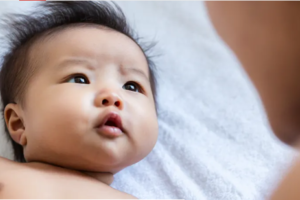From The Conversation: “We are born to connect. As human beings we are relational and we need biological, emotional and psychological connection with others.
We learn how to connect and create the patterns we form during our infancy and early childhood.
These patterns and experiences become embodied in us and become the way we understand how the world and people work. Such early experiences with our primary caregivers teach us what to expect throughout life . . .
What we learn throughout infancy and childhood are a set of behaviours and ways of thinking and feeling about ourselves and others, to understand how relationships work.
These are what psychologists call working models of the world, the schemas or views of the world the child develops.
For example, how a child understands what is happening if they are hit with a ball will reflect their working model. Do they think the other child hates them and is being mean or does the child who was hit think it was an accident? . . .
A child develops a secure attachment (or relationship) to their parents when the child experiences the parents as safe to explore the world from. The parents’ ability to respond to the child sensitively when the child needs them is crucial to the child forming a secure attachment to them.
Attachment theory provides four categories or ways of understanding attachment behaviour: secure, insecure avoidant, ambivalent and disorganized.
The child with a secure attachment pattern has learned their emotional needs will be met. As an adult, this person finds it relatively easy to be close to others and doesn’t worry about closeness or being abandoned.
The child with an avoidant attachment pattern has learned the parent is not emotionally available and won’t respond when needed. As an adult this person is dismissive of emotions and relationships and doesn’t like to get too close to people.
The child with an ambivalent attachment pattern has learned the parent is sometimes attuned and sometimes emotionally unavailable. As an adult this person is preoccupied by relationships they often worry about being abandoned.
Finally, insecure disorganized attachment — believed to impact 15 per cent of the population — occurs when children have experienced a significant trauma. The child with a disorganized pattern of attachment expresses fear during interactions.
The parent’s attachment classification — the patterns of how they themselves interacted with their own parent — is often passed between generations. That means we tend to parent the way we were parented.”












